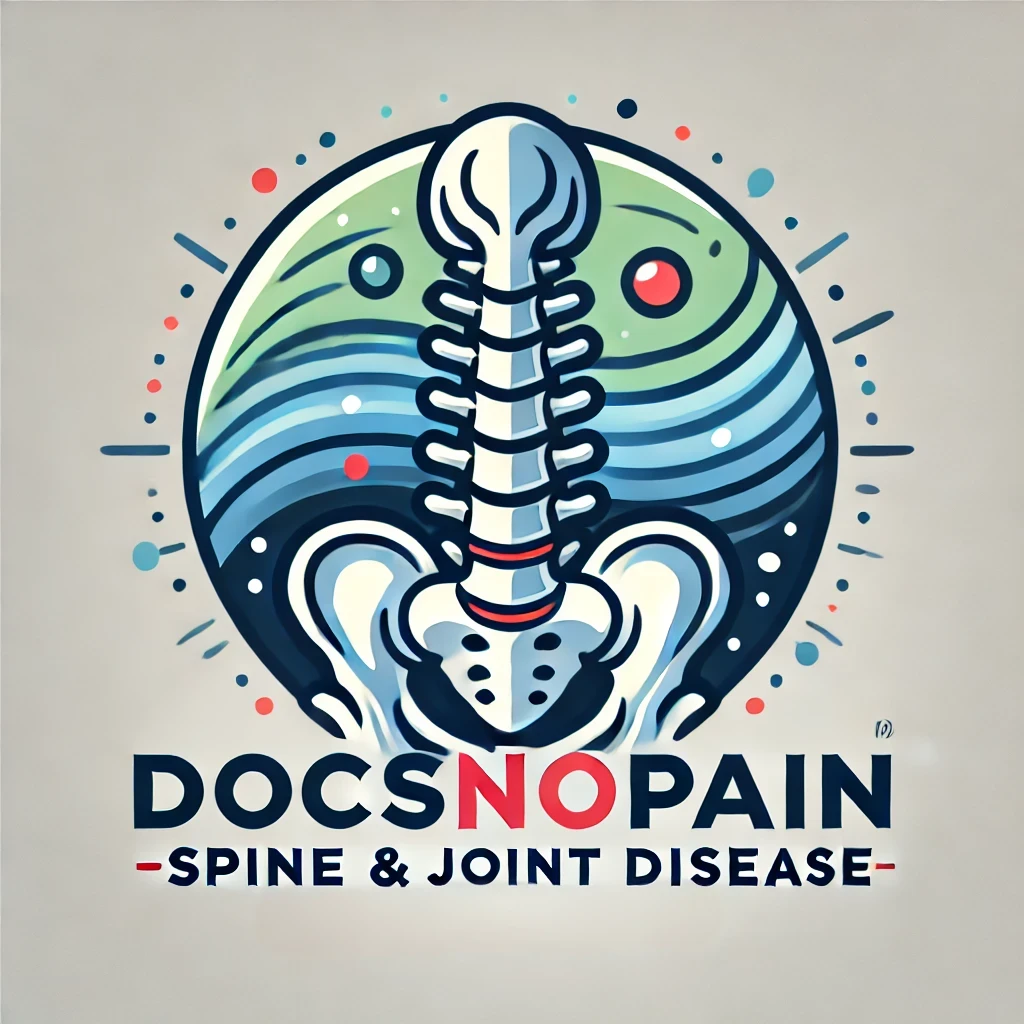
What is Joint Instability?
If you ever played sports as a kid, you know how quickly injuries can happen. You go for a layup and come back down on a twisted ankle, your defense leaves a gap, and a tackle turns into a broken hand — the list could go on. As you get older and leave behind competitive sports, you often feel like your risk of injuries has decreased, but some conditions like joint instability can leave you vulnerable. What is it, and what can you do to treat it?
Joint Instability Causes
Joint instability occurs when tissues — like muscles, ligaments, and bones — weaken. If this happens, they can no longer hold the bones of the joint in place. The result is limited flexibility and weakened joints. Joint instability most commonly occurs in unstable joints in the body, such as:
- Ankles
- Elbows
- Hips
- Knees
- Neck
- Shoulders
- Thumbs
- Toes
These injuries can occur from a sudden fall that causes the dislocation of the joint, overuse, or multidirectional instability — as is the case with individuals who are double-jointed. But, other conditions that weaken your joints can also play a role.
Joint Instability Symptoms
Injuries are never ideal, but they can happen. Pain by itself is fairly normal when dealing with injuries. But, it may be a sign of joint instability if — in addition to joint pain — you also experience:
- Reoccuring dislocation of the joint
- Tenderness
- A feeling of the joint giving out
Diagnosing Joint Instability
Joint instability is difficult to pinpoint on your own. If you are experiencing symptoms and think joint instability may be the culprit, you should visit The Interventional Pain Spine and Orthopedics to receive tests and confirm your suspicions. You’ll be asked a series of questions, including how you experienced the injury and how it feels. You’ll also receive a physical exam where your joint will be tested for strength and looseness. If needed, the doctor may also conduct an x-ray or MRI test.
Joint Instability Treatment
How joint instability can be treated varies on the severity of the condition and location of the joint. Some treatments can be done without surgery — such as resting, anti-inflammatory drugs, or using a splint or brace. But, if these options don’t work, your doctor may suggest surgery to fix the issue.
Surgery typically involves repairing the ligaments in the joint. When minimally invasive, this involves inserting a surgical instrument and a small camera through a tiny incision. From there, your doctor can begin repairing the ligaments. In some cases, open surgery may be required — which needs a larger incision to see the body structures in question.

